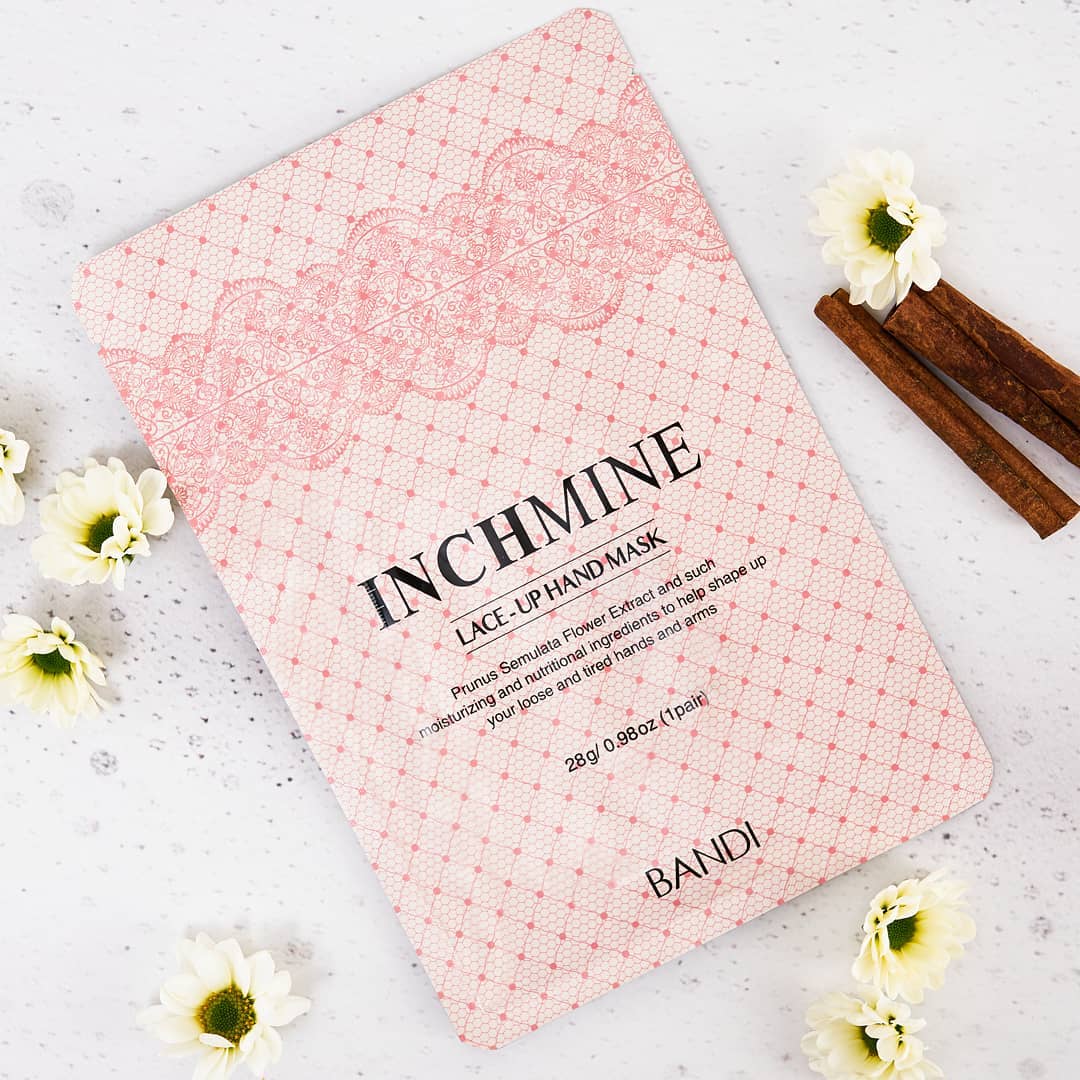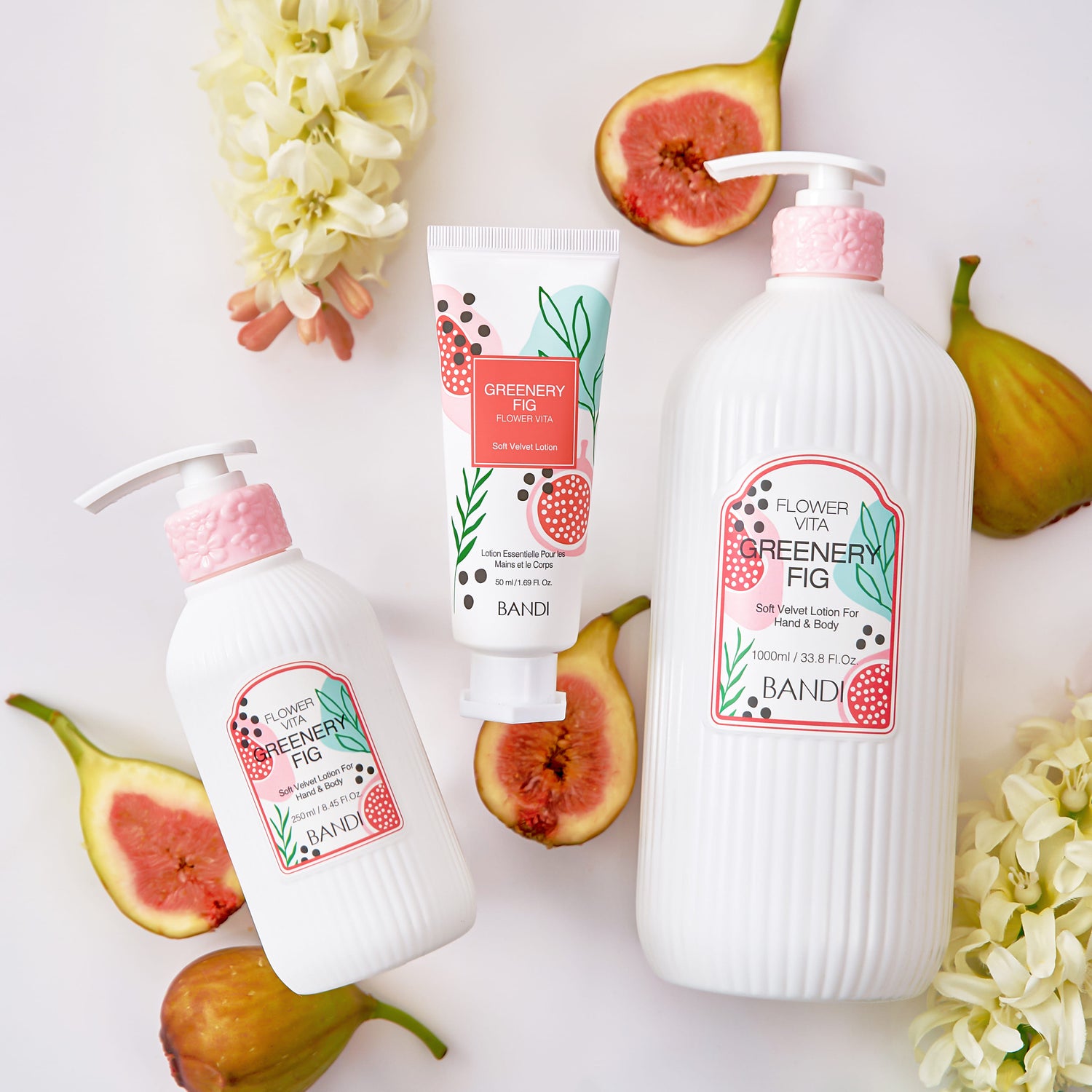A manicure is more than just a beauty treatment; it's a way to pamper yourself and feel confident. However, ensuring that your manicure is safe is crucial to avoid potential health risks. This article covers all the nuances of a safe manicure, from selecting a salon to maintaining nail health at home.
-
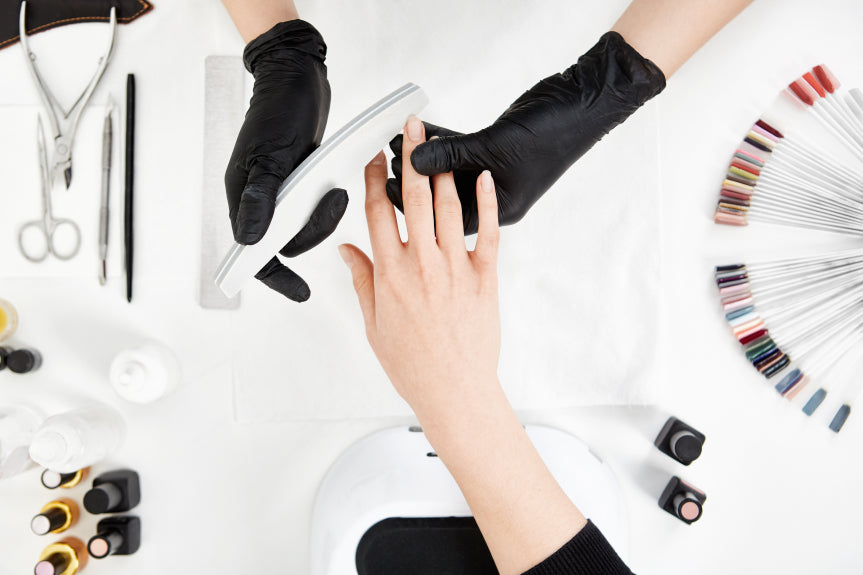
CHOOSING A SAFE SALON
When choosing a nail salon, it's essential to prioritize cleanliness and hygiene:
Sterilization Practices: Ensure that the salon uses an autoclave or UV sterilizer for disinfecting tools. Disposable tools should be used when possible.
Clean Environment: The salon should be clean, with nail technicians washing their hands before each client. Workstations should be sanitized between clients.
Qualified Technicians: Look for salons where technicians are certified and experienced. They should be knowledgeable about nail care and the products they use.
-

AVOIDING HARMFUL CHEMICALS
Nail products can contain harmful chemicals such as formaldehyde, toluene, and dibutyl phthalate (DBP). To minimize exposure:
Choose 5-Free or 10-Free Polishes: These products are free from the most harmful chemicals commonly found in nail polish.
Ventilation: Ensure the salon has good ventilation to reduce inhalation of fumes. Some salons use specialized ventilation systems at each workstation.
-

PROPER NAIL PREPARATION
Proper preparation of your nails is crucial for a safe manicure:
Cuticle Care: Cuticles should not be cut, as they protect the nail bed from infection. Instead, they should be gently pushed back.
Nail Shaping: Nails should be filed in one direction to prevent splitting. Avoid aggressive filing and buffing, which can weaken nails.
-
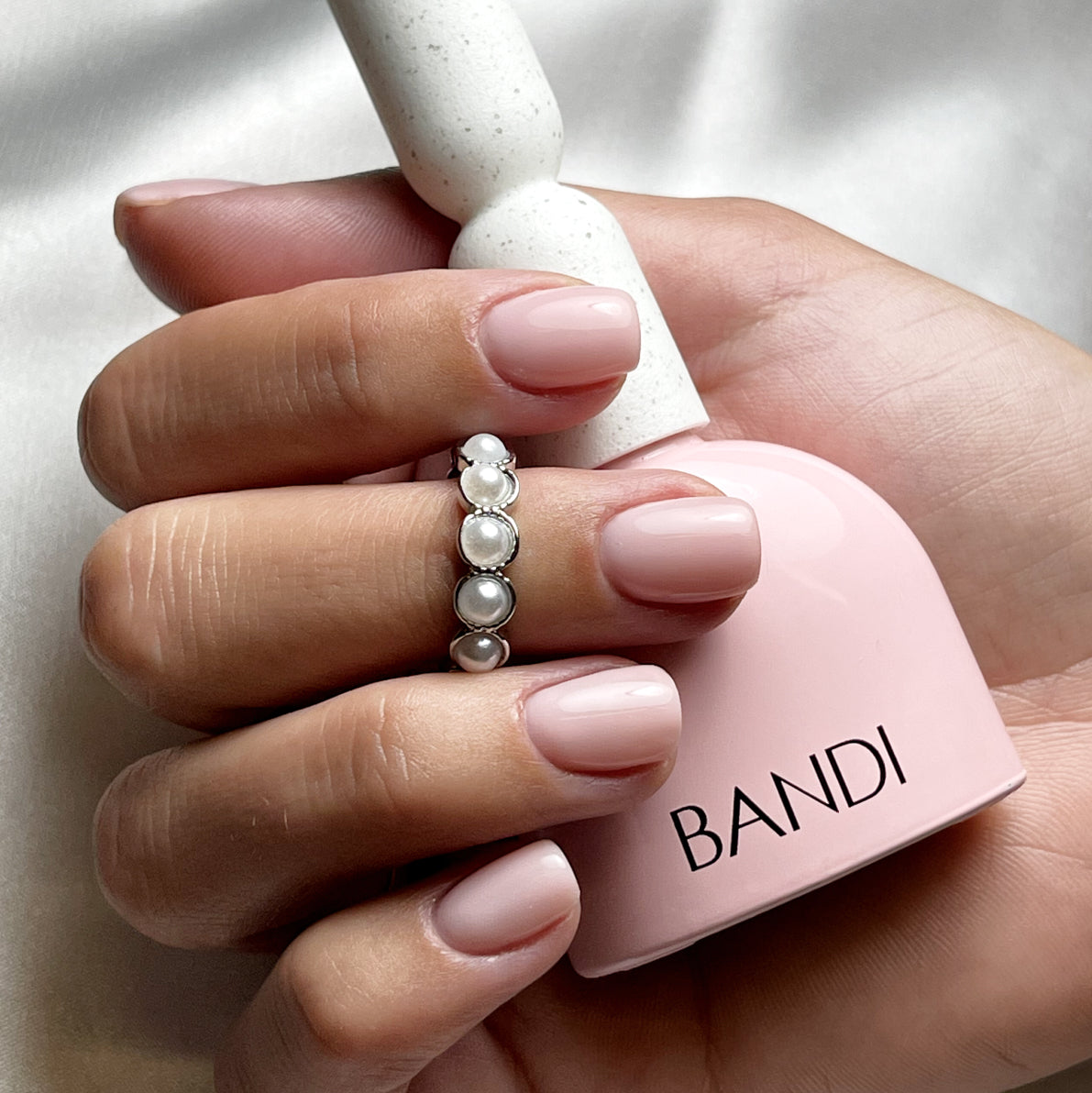
SAFE APPLICATION OF PRODUCTS
The application process can impact the safety and health of your nails:
Base Coats: Always use a base coat to protect your nails from staining and to provide a smooth surface for the polish.
Thin Layers: Apply polish in thin layers to avoid thick, uneven coats that are prone to chipping and lifting.
Top Coats: Use a top coat to seal the polish and add shine. This helps in prolonging the manicure's life and protects the color.
-
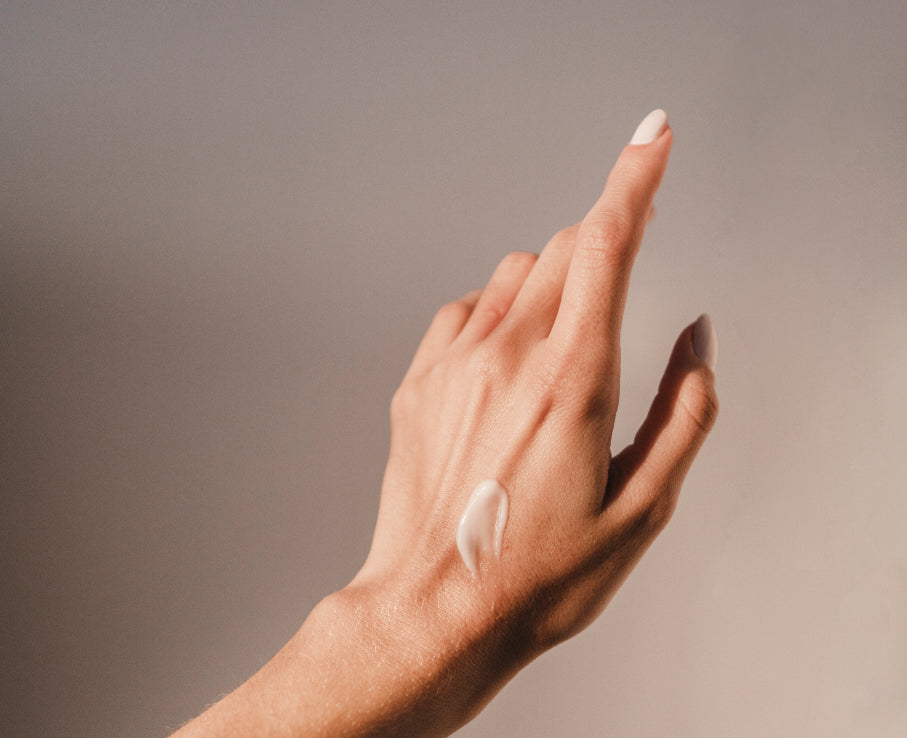
UV EXPOSURE FROM GEEL MANICURES
Gel manicures require curing under a UV or LED lamp, which can expose your skin to harmful UV rays:
Sunscreen: Apply a broad-spectrum sunscreen to your hands before the manicure.
UV Gloves: Consider wearing UV-protective gloves with the fingertips cut off to protect the skin while allowing the nails to cure.
-
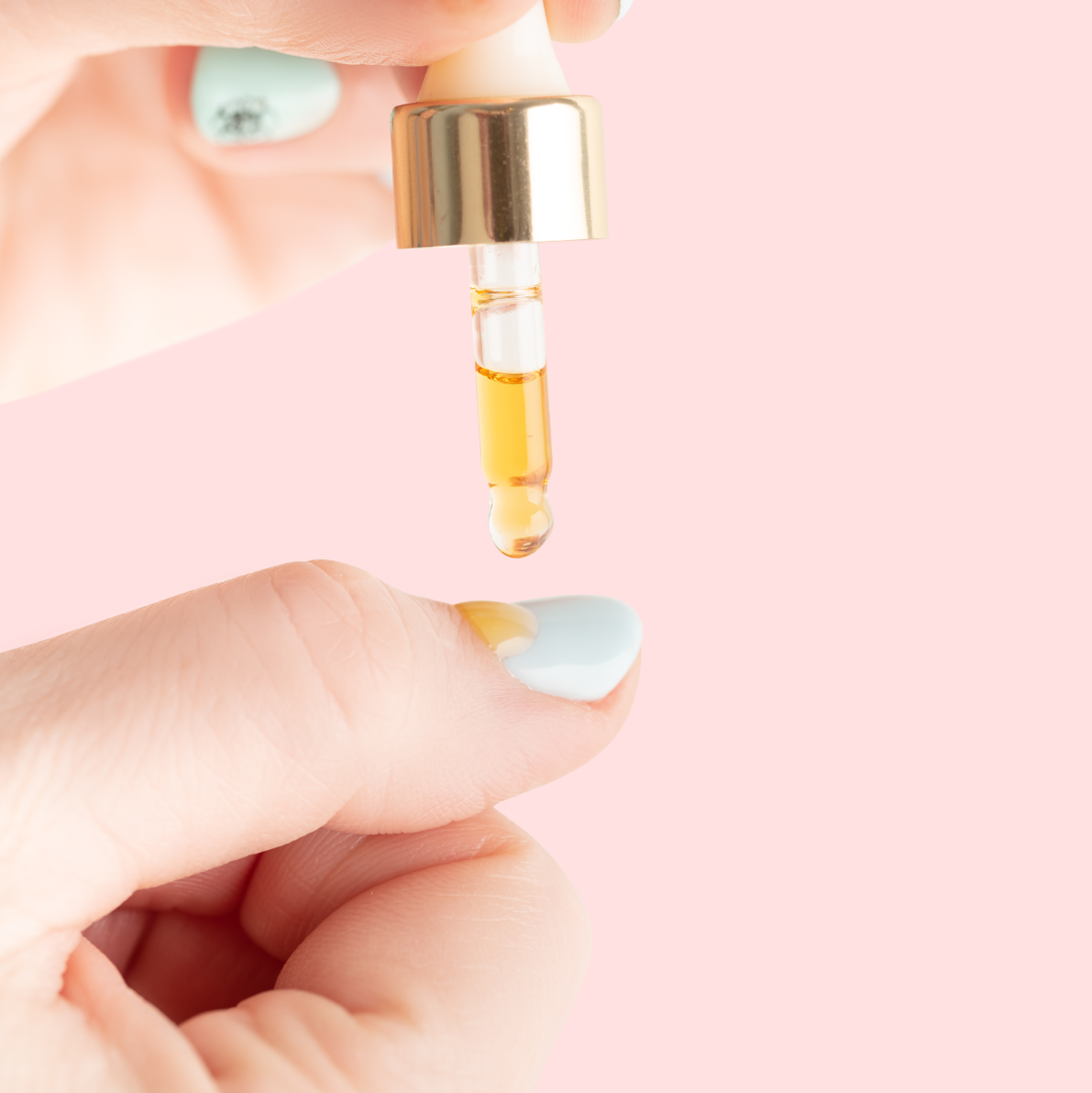
POST-MANICURE CARE
Maintaining nail health doesn't stop after you leave the salon:
Moisturize: Keep your hands and cuticles moisturized with a good hand cream and cuticle oil.
Avoid Harsh Chemicals: Wear gloves when doing household chores to protect your manicure and nails from harsh chemicals.
Regular Maintenance: Keep your nails trimmed and avoid using them as tools to prevent breakage.
-

SIGNS OF INFECTION
Even with the best practices, it's essential to recognize signs of infection early:
Redness and Swelling: These are common signs of an infection around the nail.
Pain and Discharge: If you experience pain, throbbing, or see pus, seek medical attention immediately.
-
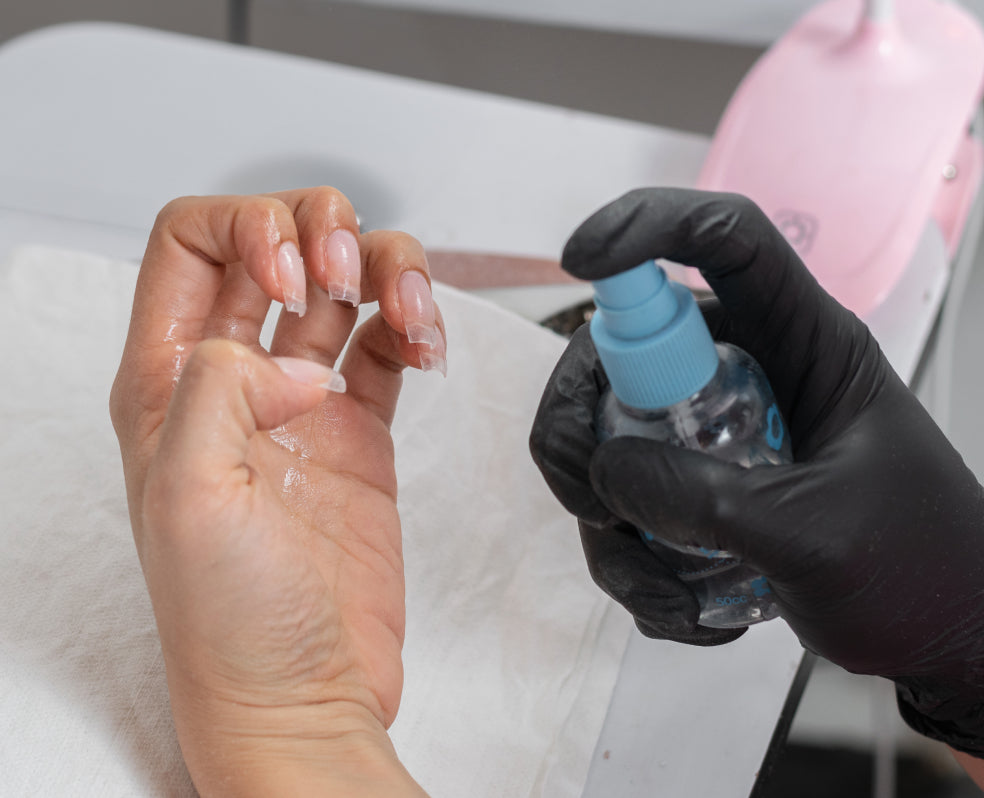
AT-HOME MANICURES
If you prefer to do your manicures at home, follow these tips for safety:
Clean Tools: Disinfect your tools before and after each use. Consider using disposable tools to minimize the risk of infection.
Quality Products: Invest in high-quality, non-toxic nail products. Cheap polishes and removers can damage your nails.
Gentle Removal: When removing polish, especially gels, avoid peeling or picking. Use a proper remover and follow the instructions carefully to avoid damaging the nail surface.
In conclusion, a safe manicure involves careful consideration of salon practices, product choices, and nail care techniques.
By being mindful of these nuances, you can enjoy beautiful, healthy nails without compromising your safety.











